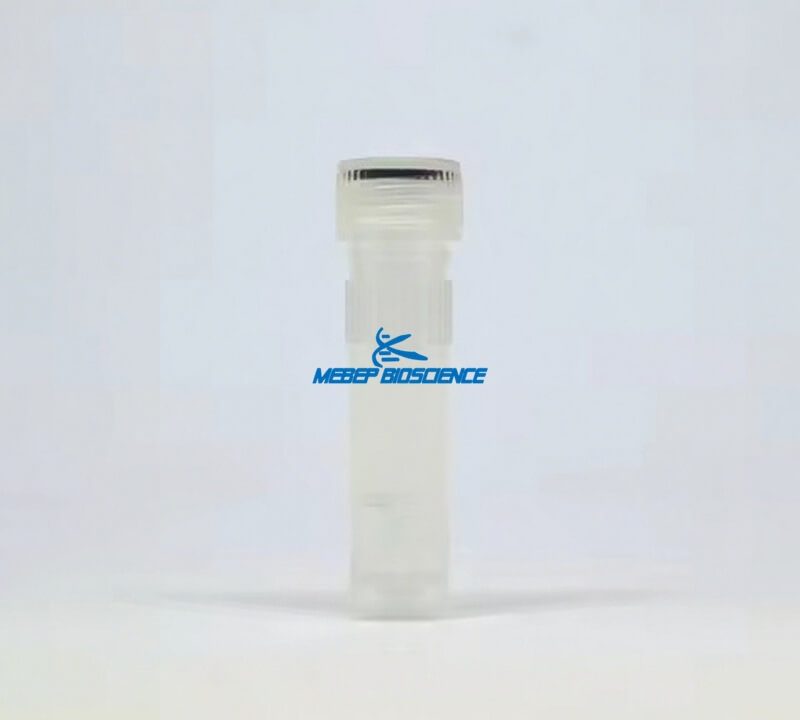
NGS Combinatorial Dual Index Primers Kit for IIIumina (Set II)
2025-11-11
BHI agar
2025-11-12Product Number: BCGM377-100ml
Component
| Component | BCGM377-100mL |
| Giemsa staining A: 10×Giemsa stain Buffer | 10mL |
| Giemsa staining B: Phosphate buffer | 100mL |
Description
Jimsa pigment (also known as Jimsa pigment) is a mixture of azurol II and eosin. The principle and results of Giemsa staining are basically the same as those of Wright staining. Giemsa staining solution has strong staining power on the cytoplasm and can better display the alkaline degree of the cytoplasm, especially for azurophilic, eosinophilic, and basophilic particles in blood and bone marrow cells. The staining is clear, but the staining of the nucleus is darker and the nuclear structure is poorly colored. Therefore, Giemsa staining solution is often used in combination with Wright staining solution.
Giemsa staining is mainly made from imported Giemsa pigments and methanol, containing Bomei's unique staining agent. It is prepared by grinding and can present clear cell staining effects. It is often used for staining tissue sections, blood and cell smears, bacteria, chromosome banding, protozoan parasites, etc. Eosinophilic particles are alkaline proteins that bind to the acidic dye eosin and turn pink, known as acidophilic substances; Nuclear proteins and lymphocyte cytoplasm are acidic and bind to alkaline dyes such as methylene blue or azurol, staining purple blue and called alkaline substances; Neutral particles are in an isoelectric state and can bind to both eosin and methylene blue, dyeing a light purple color, and are called neutral substances.
Giemsa staining (1:9) is composed of 10 x storage solution and phosphate buffer solution, which are mixed into a working solution at a ratio of 1:9 before use; It can also be used separately, by first staining with Giemsa Stain and then treating with phosphate buffer solution, satisfactory staining results can be obtained. This reagent is only used in the field of scientific research and is not suitable for clinical diagnosis or other purposes.
Required materials
- Glass slides, microscopes;
- Distilled water, methanol, 0.1-0.5% acetic acid.





